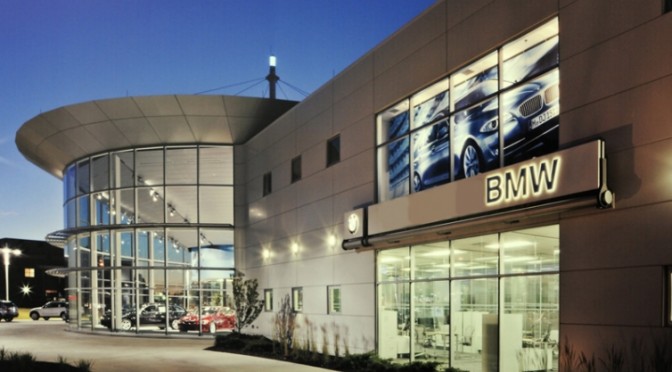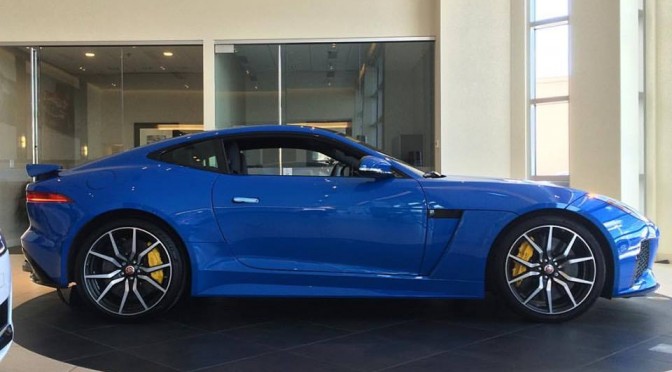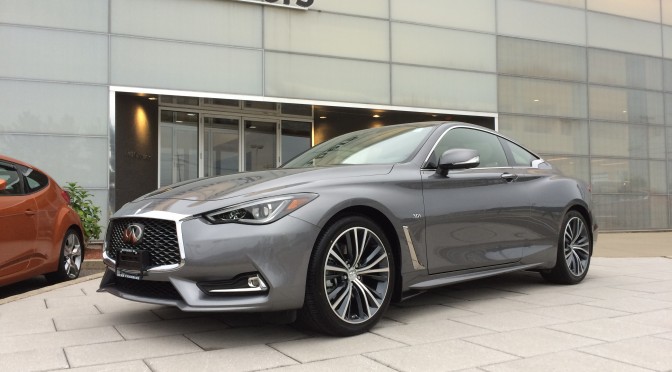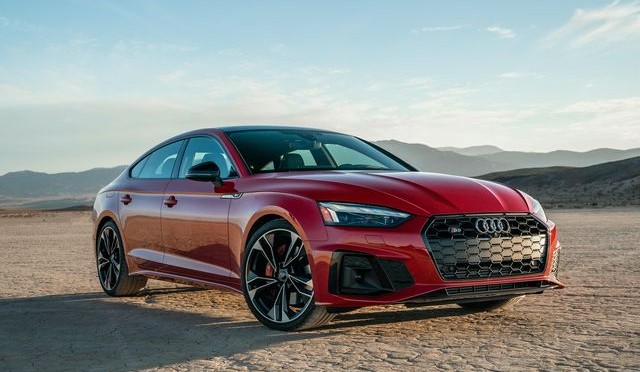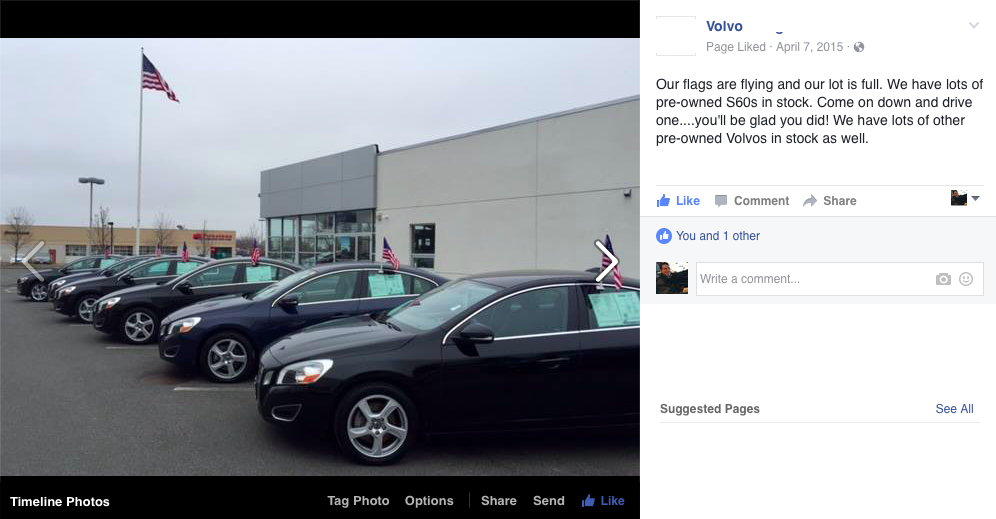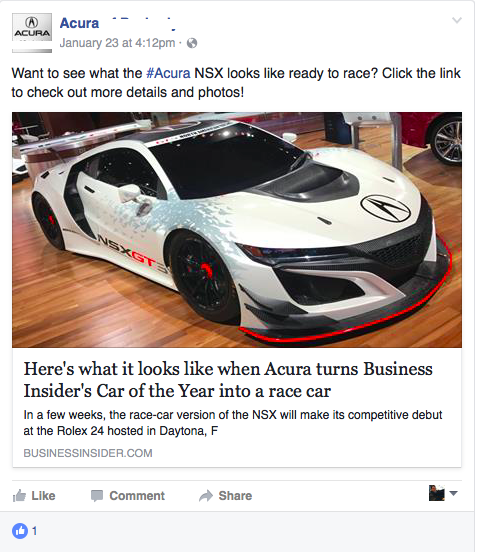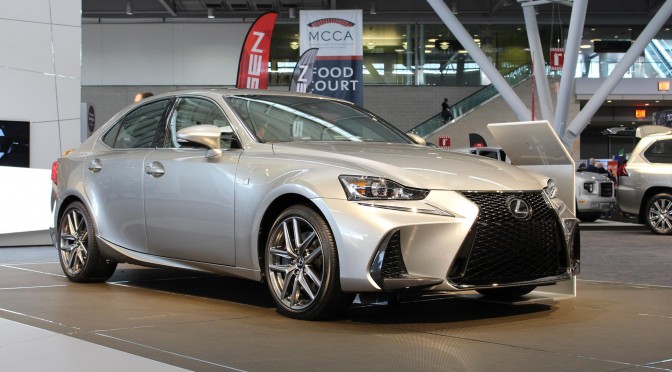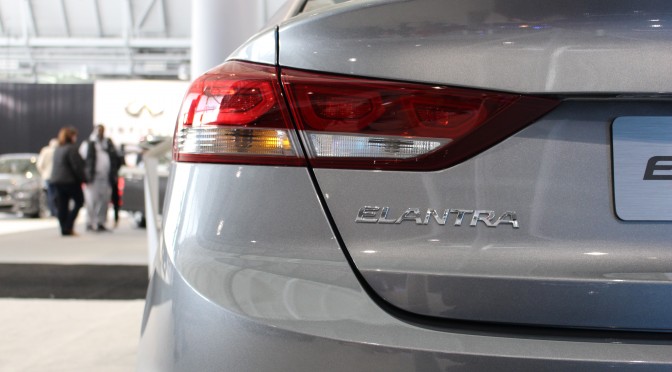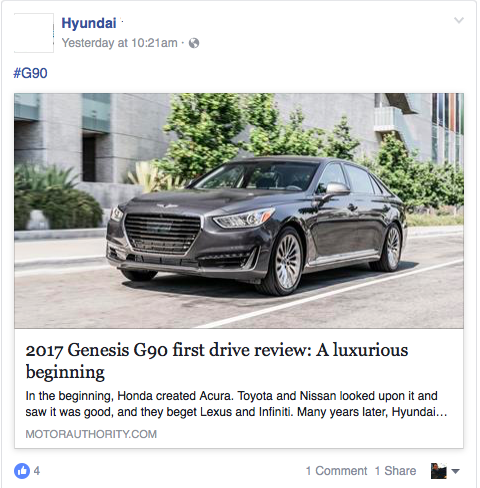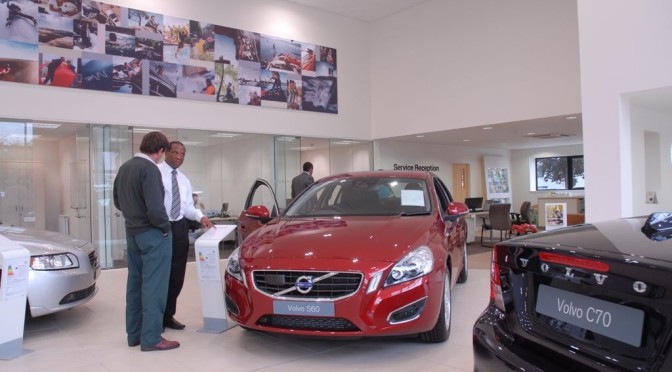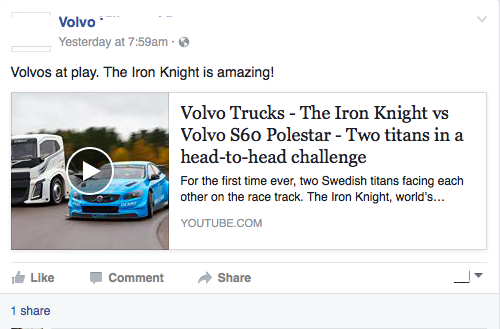There’s always been that one car that everyone has to own; a car that checks off all the boxes whether it’s the build the quality, luxurious interior, impeccable driving dynamics or all of the above. For most enthusiasts, that car could be the Volkswagen GTI, Honda Civic Si, BMW M3, or Porsche 911, but if you’re looking for something a little less conspicuous that flies below the radar but is so well rounded that you’ll regret passing up on the opportunity, it’s the B9.5 Audi S5 Sportback and there really isn’t even a close 2nd.
If you’re familiar with the VW/Audi group, the logical steps throughout your car ownership history usually starts with a used GTI then a switch to a Golf R, which then is followed up by an Audi S4; likely a B8.5 for younger buyers. Since 2018, what you upgrade to isn’t so clear anymore, and this goes for all consumers regardless of whether they owned a German car prior to going upmarket. The Audi S4 has been a formidable option for over a decade, and some would say its a better buy than the BMW M340i and Mercedes Benz C43, as purists will waste no opportunity to let you know that the M340i and C43 aren’t real M or AMG products. For Audi, that’s not a problem, as the RS4 hasn’t been offered in the US since the B7 generation and this has opened the door for those with a budget of around $50k to own a solid German sports sedan that’s respected and has a high reputation. So why is the Audi S4 being brushed aside?
To appeal to the growing demand of sportbacks that have ultimately replaced the need for traditional sedans, Audi unveiled the S5 Sportback to compete directly against the BMW 4 Series Gran Coupe. Due to BMW’s reluctance to offer an M4 variant for the Gran Coupe while also still producing the lackluster F30 3 Series generation that shared platforms with the 4 Series, Audi wasted little time to take advantage of BMW’s shortcomings to grab a foothold in this growing market. Despite reception of the B9 S5 Sportback being lukewarm at best, the facelift that came with the B9.5 struck a cord among many buyers, as the RS inspired honeycomb grille and more aggressive body lines fit the design of this car far better than even it’s sibling, the S4.

Audi S5 Sportback
Audi has always banked on their refined and smooth handling characteristics but also their strong powertrains, and as time has passed, it appears as though it was only the road presence that was holding back this almost flawless car. The interior was also subject to an upgrade, as a new 10 inch touchscreen complimented Audi’s virtual cockpit, as pre-facelift models had a rotary dial that controlled the head unit which wasn’t the most intuitive in this segment. Audi has also stuck to not over styling their cabins, where the simplicity of the dashboard and center console is anything but a detriment to the overall driving environment.
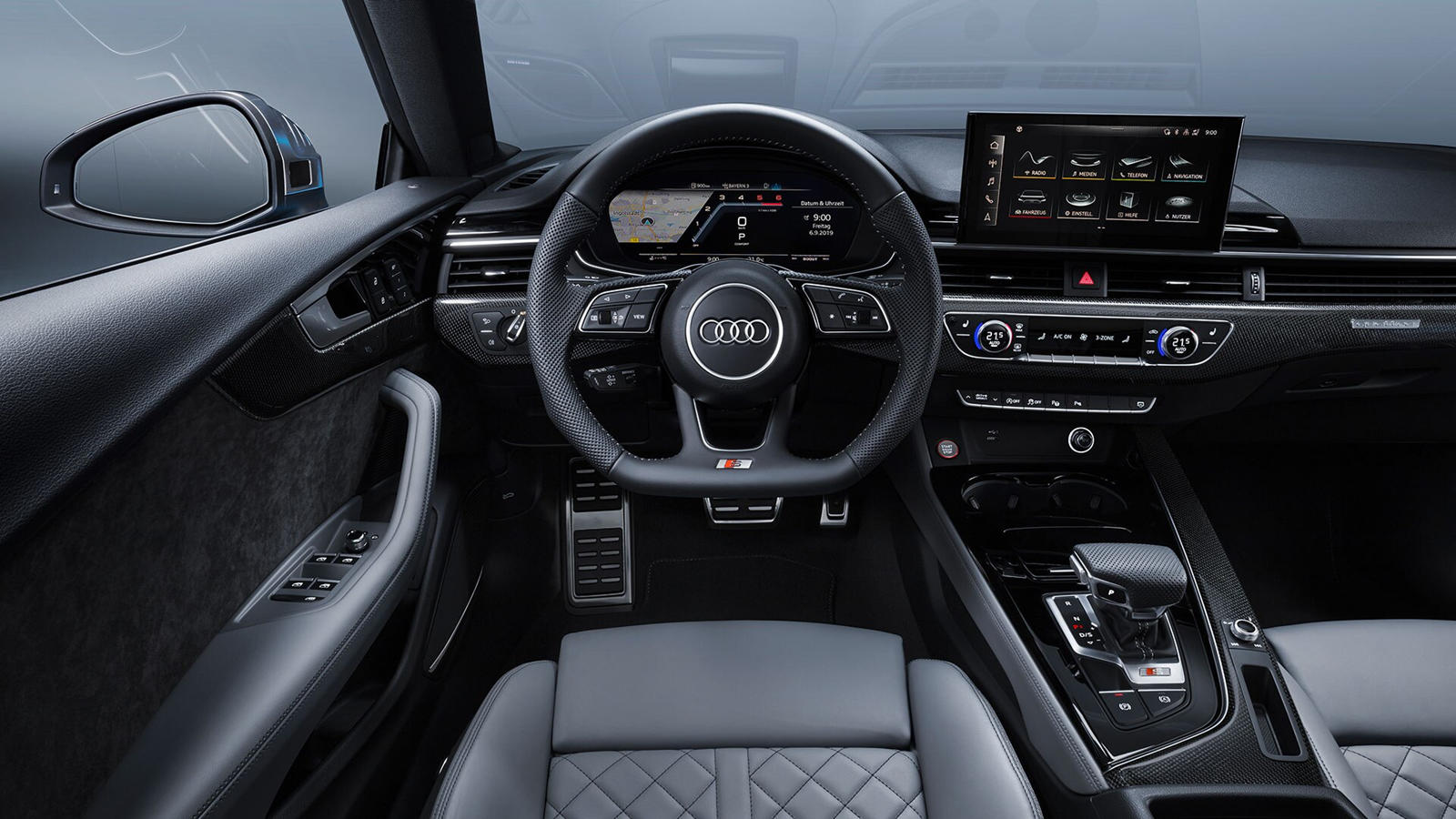
Audi S5 Sportback
Where the S5 Sportback deviates from the S4 as they’re basically the same on paper, is with the practicality, and this alone has led to the cannibalization of the S4 sales figures last few years, as the Sportback is a more family friendly option but possibly the only legitimate alternative to a crossover. While you will sacrifice 2nd row head room, leg room is identical to the S4 so passengers won’t be feeling claustrophobic, but behind the 2nd row seats, it’s the 22 cubic ft of cargo space that makes this car a game changer. In the past, the SQ5 was the sensible and responsible choice for an aging car enthusiast, but the S5 prolongs the ownership of a car by a few years as it’s slightly more practical than a VW GTI if you don’t fold those rear seats. Better yet, you also receive a power lift gate, which is a minor convenience feature that I feel goes a long way.
Most importantly is the performance, as this is the only real metric for why this car is the best vehicle you can buy this year. Under the hood is a 3 liter turbocharged V6 engine that produces 349 hp and 369 lb ft of torque and this powertrain is paired with an 8 speed automatic transmission from ZF. With 0-60 times coming in at just above 4 seconds, you’ll have the thrills and enjoyment that you’d experience with an S4, but also this car is no slouch as you won’t be begging for more power. Better yet, Audi has engineered a formula that makes their sports cars enticing for a wider range of consumers, as the BMW M440i Gran Coupe does have heavier and dynamic steering, which might not be for everyone.
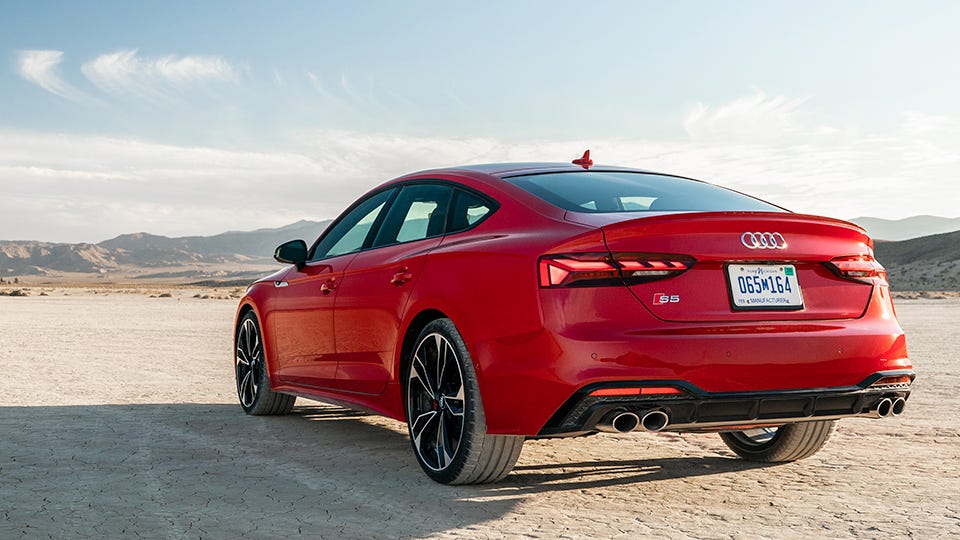
Audi S5 Sportback
The Audi S5 Sportback’s smooth and fluid cornering makes it a blast to drive on backroads, and since Audi is still committed to a luxury persona, this sportback can be daily driven even with the family also in the car with you. Rather than just being one dimensional or speaking to enthusiasts only, it’s well-balanced and pleasant on-road demeanor makes it suitable for all applications and occasions without lacking the feedback and engagement you desire in a sport sedan.
In an era where cars are being phased out, not only by crossovers but the emerging EV market, the S5 Sportback in my mind is unrivaled, as no one comes remotely close to what Audi is offering here with the B9.5. The other competitors include the BMW M440i, Kia Stinger GT, Genesis G70, and maybe you can throw in the Alfa Romeo Giulia despite the latter 2 cars not being sportbacks. BMW easily slots into 2nd place in this segment, but Audi is providing a better package at it’s price point that no-one in 2023 seems to be replicating.
Before wrapping up, you may be wondering why I referred to the S5 Sportback as being “almost flawless”, and as an enthusiast it’s mostly impart to the existence of the RS5 Sportback that shores up some of the weak spots the S5 might have, but for any driver, whether they’re an enthusiast or someone just looking for a solid luxury car, the S5 Sportback is without a doubt the best car you can by in 2023.

